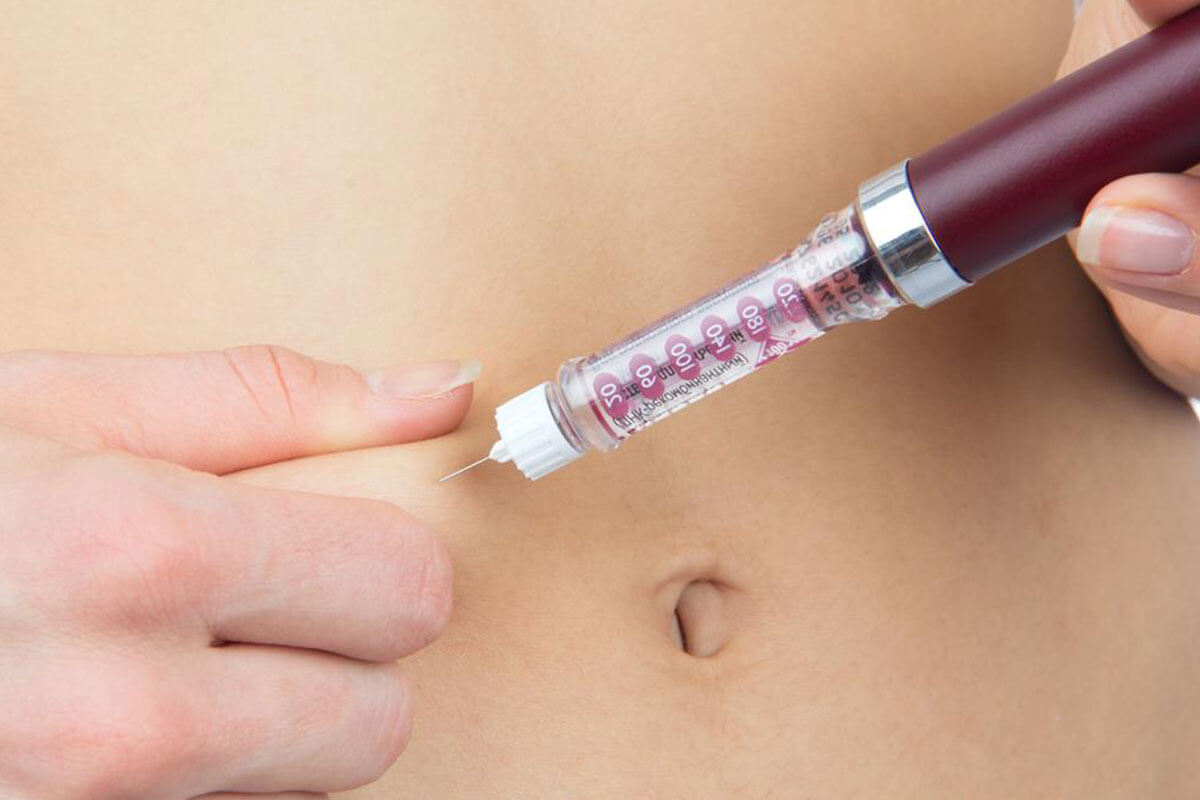Top Tips for Choosing the Epinephrine Pen You Need

With so many auto-injectors out there, how do you know which one is right for you? Follow these tips to ensure you are using the right one and in the right way.
Epinephrine or adrenaline is one of the fastest-working medications in the world. This drug is used in emergency situations so as to effectively and quickly treat allergic reactions to foodstuffs, drugs, insect bites and stings, etc. Epinephrine works by quickly raising blood pressure, stimulating the heart, easing breathing, as well as immediately reducing the swelling of the lips, throat, and face that are characteristics of anaphylaxis.
Keeping this medication handy is made easy owing to the invention of the epinephrine pen. This device allows you to self-inject a dose of the medication in case of a severe or life-threatening allergy problem. Though epinephrine works quickly, it has to be injected immediately during anaphylaxis if it is to have any positive effect. Delaying the use of an Epinephrine pen can and does result in complications and anaphylactic deaths.
The Food Allergy Research & education (FARE) recommends that you keep two epinephrine pens with you wherever you are so as to ensure quick access to this life-saver in times of need. If you have been prescribed epinephrine, then you are ready to buy your auto-injectors. Most people have the misconception that all epinephrine pens are made equal. They are not. While the dosage remains the same, the directions for preparing it as well as using the injector differ in different brands. Here are a few tips to help you choose and use the right Epinephrine pen for your needs.
- The doctor who prescribes epinephrine for you already knows everything about your case as well as the severity of your allergy. The first thing to do is to consult your doctor about which epinephrine pen is the right one for you. Having the dosage of epinephrine at hand will be of little use if you cannot use the epinephrine pen to dispense it. It is essential for you to give this decision some thought, and choose an epinephrine pen after discussing the pros and cons with your doctor.
- Do not leave the doctor’s office without thoroughly understanding how your chosen epinephrine pen has to be used. Make sure that you are completely trained in its usage. Ask as many questions as you like.
- To avoid confusion once you reach the pharmacist, ask your doctor to specifically write the name of the product you have chosen in the prescription.
- Check with your pharmacists about the availability of the epinephrine pen that you have chosen.
- Before you use the epinephrine pen, read the instructions provided on the manufacturer’s website thoroughly.
- Practice using the epinephrine pen till it becomes muscle memory. If you feel like you have made the wrong choice, speak to your doctor about the issue. Teach other family members how to use the pen in case of emergencies.
Some of the popular FDA-approved brands of epinephrine pens that you can choose from include Adrenaclick®/Generic Epinephrine Auto-Injector, Auvi-Q™, and EpiPen®. These brands offer instructional videos that show you exactly how the pens are to be used.
Using and Storing Epinephrine
Most auto-injectors can be used through a layer of clothing, check the manufacturer’s website to ensure that your chosen pen does the same. While injecting the medication, ensure that you give yourself a shot in the outer thigh. Intravenous injections or injecting epinephrine into the buttocks is not advisable. After injecting, do not move the device immediately. Follow the manufacturer’s instructions about how long the device requires to stay in place to ensure that the whole dosage has been dispensed. Furthermore, remember that while the medications works rapidly, its effects do not last a long time. Call paramedical services immediately to ensure that help is on the way.
Do not store epinephrine in a vehicle. The increased temperatures in the car will cause the medication to become less effective. This drug is sensitive to light and heat, so store it in a cool and dark place. However, do not refrigerate the medication or allow it to freeze. Over time, if you find that the solution has become discolored, head to your doctor to get a replacement epinephrine pen.


